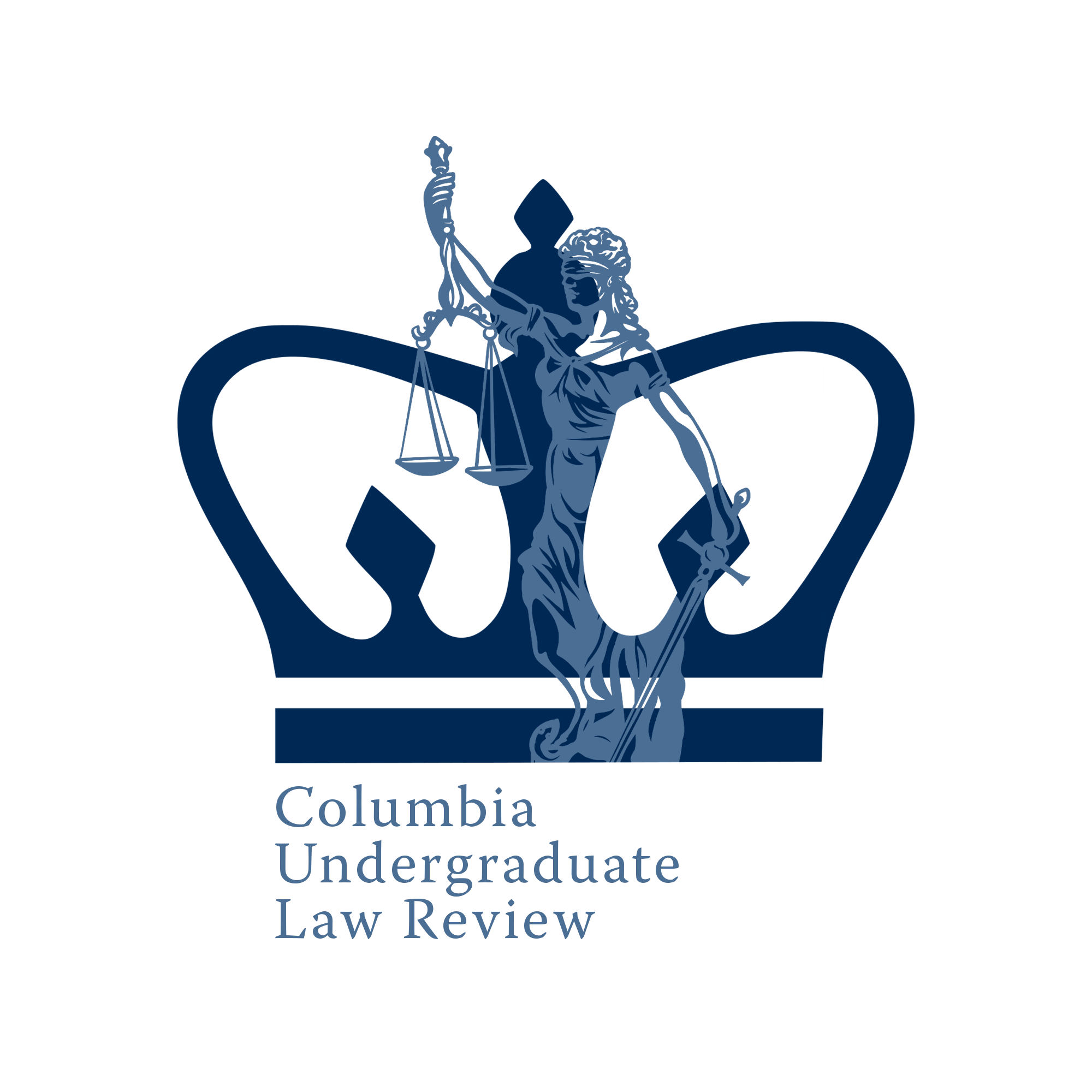In 2025, although the second Trump administration made it clear that immigration enforcement would undergo stricter and more expansive measures, many underestimated the extent of the changes. By the end of January, videos and photos of U.S. Immigration and Customs Enforcement (ICE) agents taking alleged illegal immigrants into unmarked cars made their way into thousands of communities, spreading fear. The second Trump administration's new focus on the deportations of immigrants integrated into thousands of communities within the U.S. laid the groundwork for states that agreed with the President’s policy focus to put out bills and laws that aggressively targeted illegal immigrants in their state. In New Jersey, State Representative Paul Kanitra introduced bill A5233, otherwise known as the PLYLER Act, which aims to revise public school enrollment policies by imposing a tuition on all undocumented students. This bill asserts that education is not a constitutional right and that states should have the authority to control who qualifies for taxpayer-funded schools. Bill A5233 was referred to the New Jersey State Assembly Education Committee and remains pending in the early stages of the legislative process.
Read MoreAsylum seekers in the United States face a precarious pathway to humanitarian protection, shaped by institutional fragmentation and interpretative discretion. For nearly four decades until June 2024, U.S. courts were required to defer to interpretations issued by the Board of Immigration Appeals (BIA) under the doctrine of Chevron deference. This legal rule gave federal agencies, such as the BIA, the primary authority to interpret ambiguous legal provisions in immigration law that determine eligibility for asylum. Despite its varying success in promoting national uniformity in the application and interpretation of asylum law provisions, Chevron deference served as a structural safeguard, by allowing agencies with subject-matter expertise, like the BIA, to guide the development of immigration law rather than leaving key questions to vary circuit by circuit. Following the Supreme Court’s decision in Loper Bright Enterprises v. Raimondo (2024), overturning Chevron, courts now have greater autonomy to interpret these provisions—such as the definition of “persecution”—without binding deference to agency. [1] Yet, even before the loss of Chevron deference, U.S. courts showed significant differences in interpretation and turn in decisions on asylum claims, especially, between circuits whose regions exhibit different political leanings across the country.
Read MoreIn 2021, Attorney General Merrick Garland vacated Matter of A-B: a Trump-era decision that denied domestic violence as a viable social group classification for those seeking asylum protection. [1] Albeit a massive step in the right direction, ambiguity surrounding asylum law and whether or not it extends to gender still riddles the immigration system, especially given the rise in Central Americans arriving at the U.S.-Mexico border. [2] For instance, in the case of Gleidy Yessenia Jaco, a Honduran asylum seeker fleeing domestic abuse and repeated death threats, the Fifth Circuit disregarded existing precedent by rejecting her pro se appeal in 2021. [3] Currently, international and domestic law enumerates five grounds on which individuals can plead asylum on account of a “well-founded fear” of persecution: race, religion, nationality, political opinion, or membership in a particular social group. [4] Given that the grounds are outdated, originate from a male-centric context, and do not directly pertain to those escaping gender-specific persecution, membership in a particular social group remains the most commonly applied avenue for migrants fleeing gender-based violence. However, selective criteria under the Board of Immigration Appeals (BIA) make qualifying under these terms difficult, resulting in inconsistent decisions that rely on partisan biases. To address ongoing confusion and provide a more cohesive framework, the United States should add gender as the sixth ground for asylum under its refugee definition.
Read More


